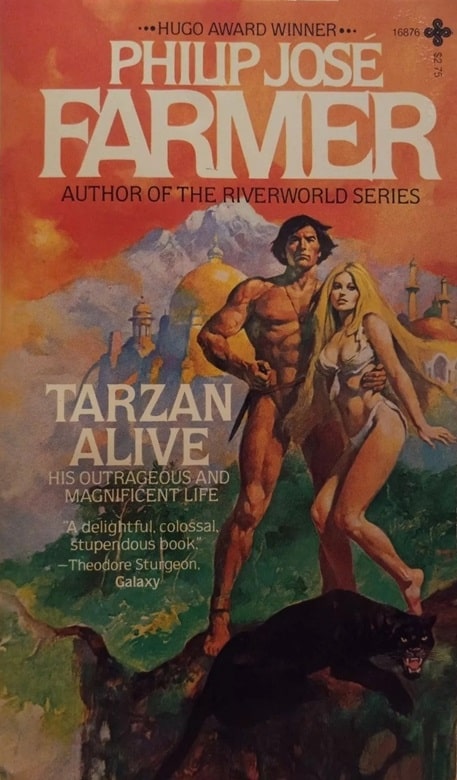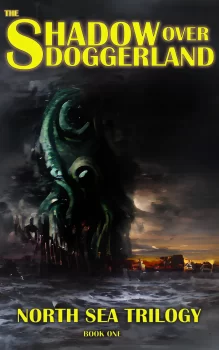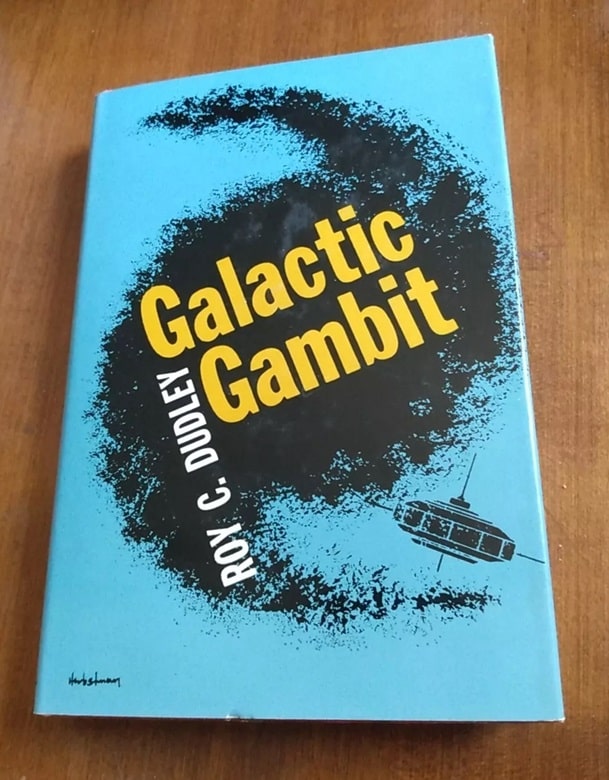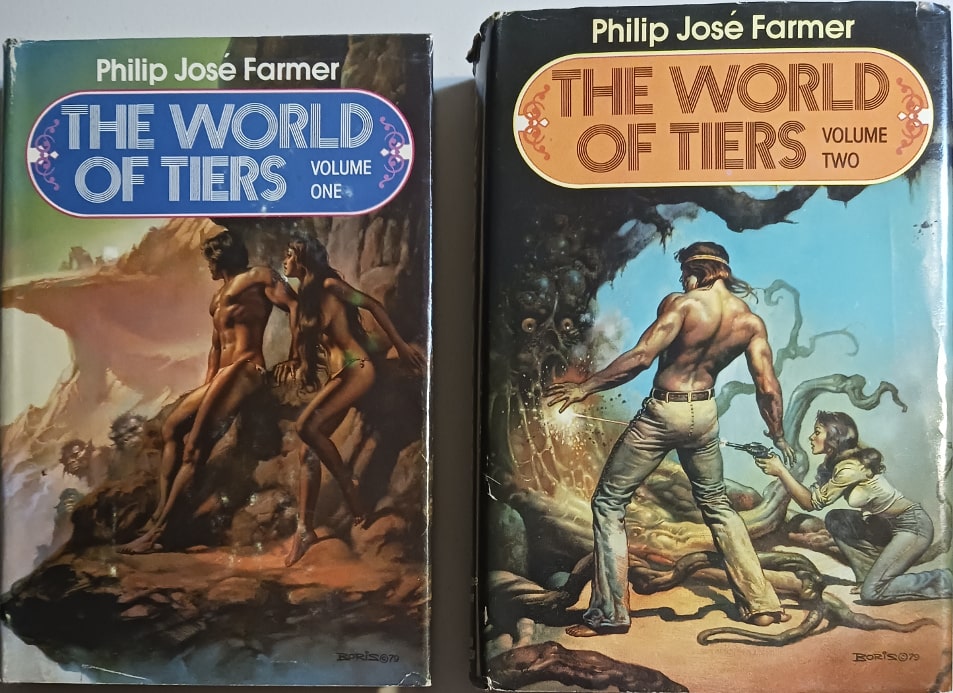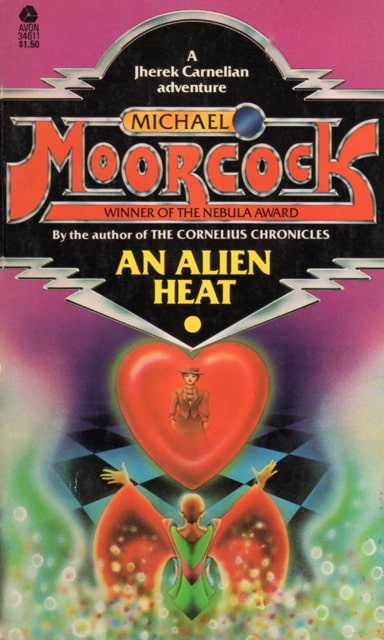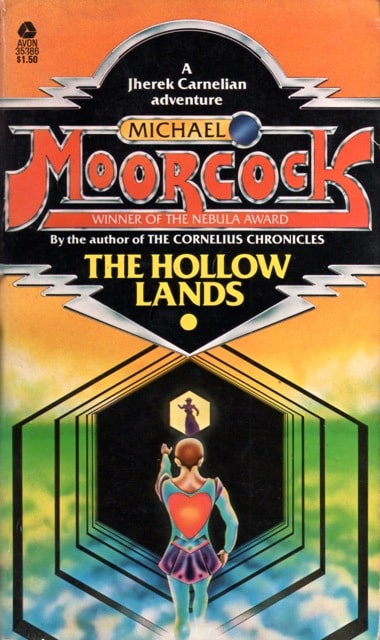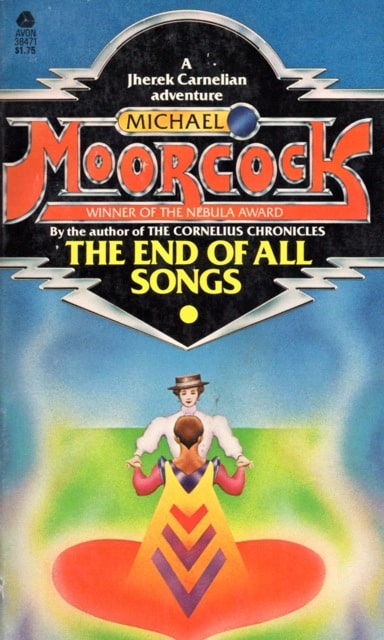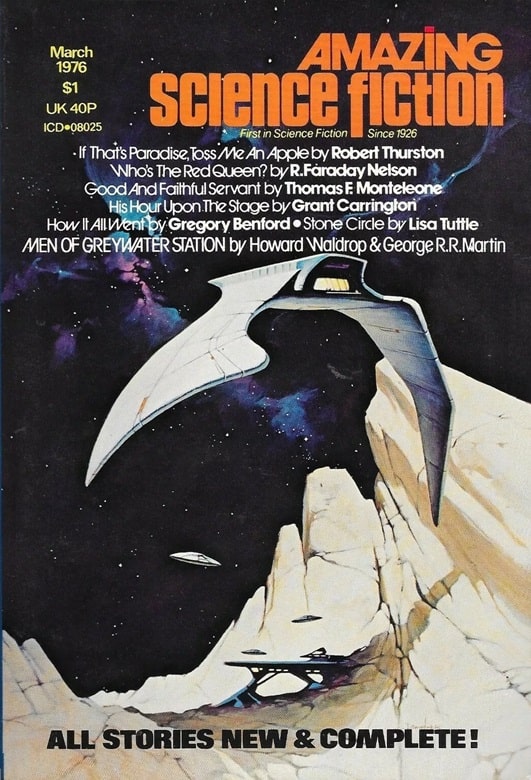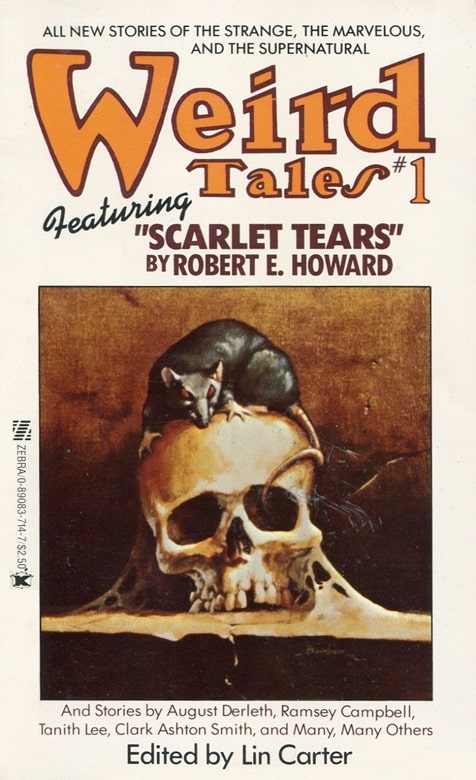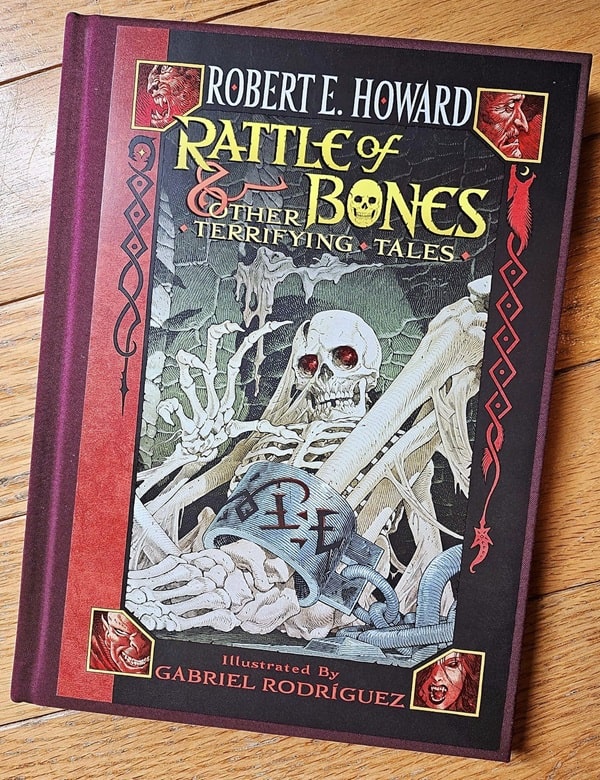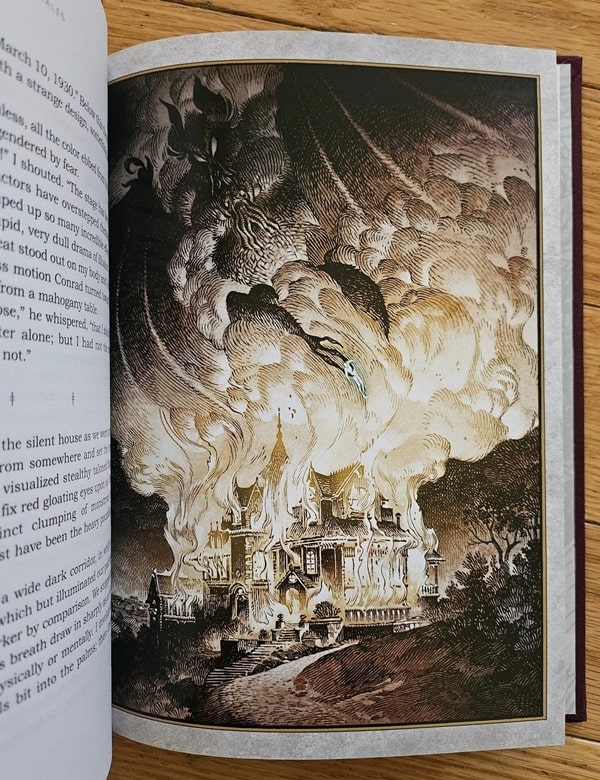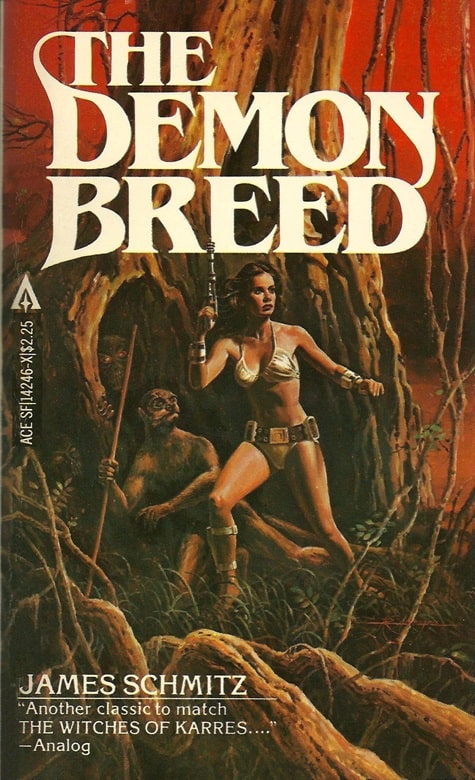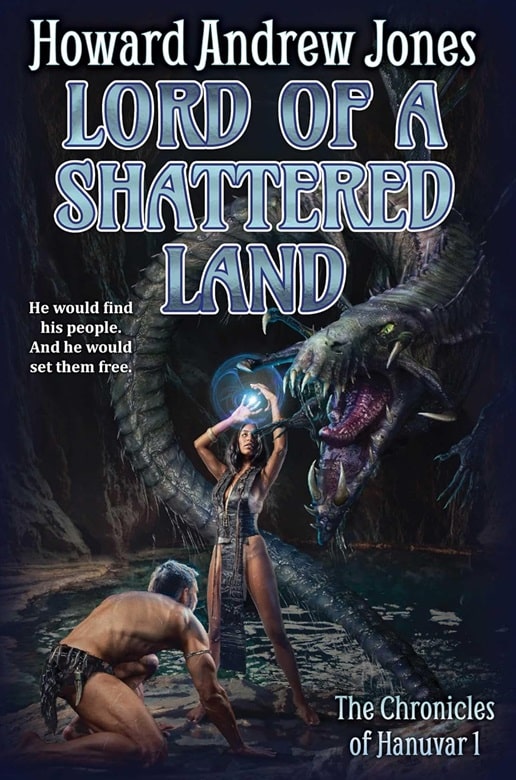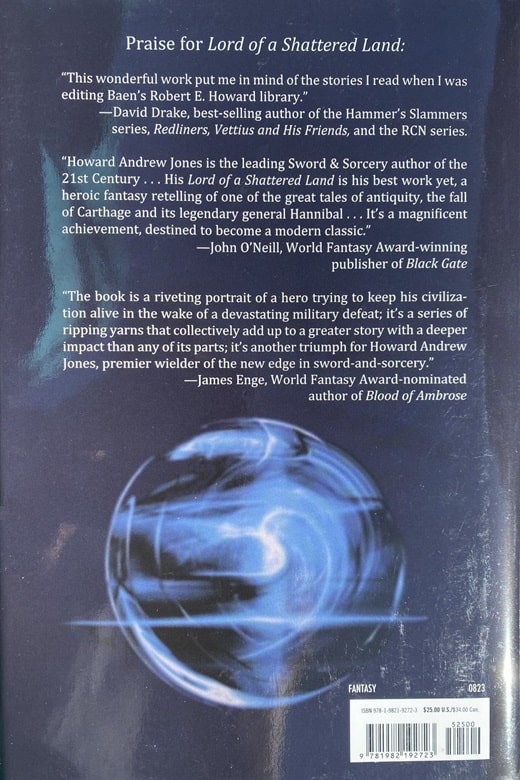What I’ve Been Listening To: September 2024
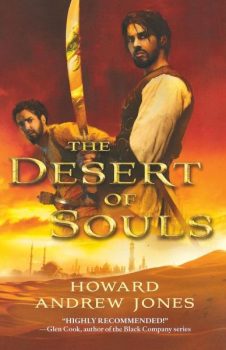 And it’s time for you to find out what I’ve been listening to. I know you’ve been anxiously waiting since last month. Now, if you read last two blog posts. Which I’m SURE you did….you know I watched 26 Marvel movies. While that was fun (and ridiculously indulgent), it did cut a bit into my listening (and reading). But I still managed to get in some of both. So, awaaaay we go.
And it’s time for you to find out what I’ve been listening to. I know you’ve been anxiously waiting since last month. Now, if you read last two blog posts. Which I’m SURE you did….you know I watched 26 Marvel movies. While that was fun (and ridiculously indulgent), it did cut a bit into my listening (and reading). But I still managed to get in some of both. So, awaaaay we go.
THE DESERT OF SOULS – Howard Andrew Jones
If you follow me on Facebook, you’ve seen me talking about my Black Gate buddy Howard Andrew Jones, who recently revealed he’s battling a fast-acting brain cancer. I’ll write more about that topic, but I decided it was time to get back to some of his work.
A couple years ago, he wrote an epic fantasy, The Ring Sworn trilogy. He switched publishers, and the third book of his latest trilogy, The Chronicles of Hanuvar, is due out October 1. It seems destined to go down as one of the best in modern sword and sorcery.
I really like his Arabian fantasy stories featuring Dabir and Asim. I’m re-reading the short story collection, The Waters of Eternity (an absolute steal in digital). But on a trip to visit him a few weeks ago, I decided to re-listen to the first novel, Desert of Souls.
Robert E. Howard is about the only Adventure stuff I read. I never got into H. Rider Haggard, and I’m familiar with Ali Baba and Aladdin (no, not from Disney). But these sword and sorcery mysteries are good reads.
